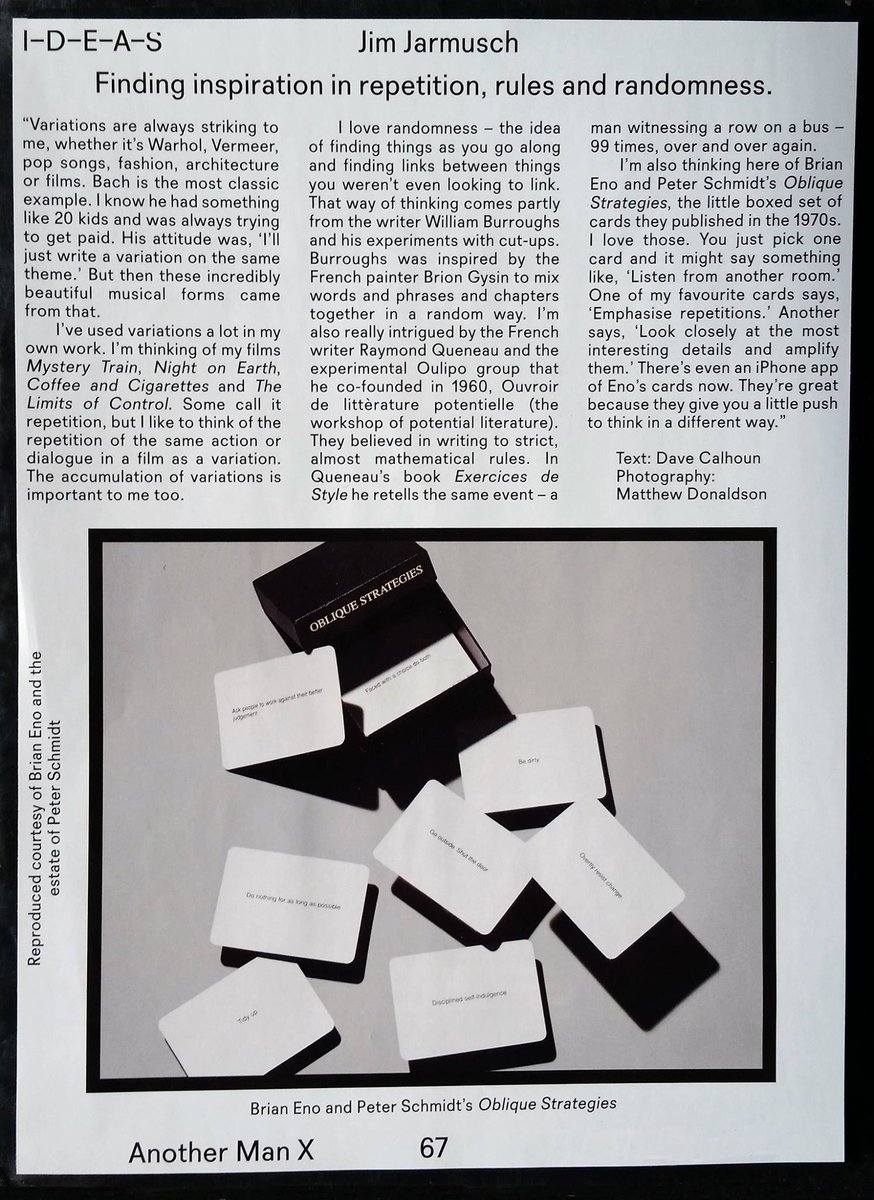Orson Welles died more than 30 years ago, and his last feature film F for Fake came out fifteen years before that. But we’ll now have to revise our notions of where his filmography ends, since his long-unfinished project The Other Side of the Wind just debuted at the Venice Film Festival in advance of its November 2nd release. Shot between 1970 and 1976, a process prolonged by numerous financial difficulties, the film was first thrust into limbo in its third year of editing by the Iranian Revolution, as some of its financing had come from the Shah’s brother-in-law. The light at the end of The Other Side of the Wind’s decades-long tunnel of ownership complications, when it finally appeared, took a form even Welles could never have imagined: Netflix.
The Other Side of the Wind stars acclaimed film director John Huston as an acclaimed film director named Jake Hannaford, recently returned to America after years of self-exile in Europe. An old-school relic in the 1970s’ “New Hollywood” era, a time when a younger generation of filmmakers like Martin Scorsese, Francis Ford Coppola, and Terrence Malick used the major studios to realize personal visions at a large cinematic scale, Hannaford tries to make a comeback with a counterculture picture of his own. Filled with long takes of vast landscapes, modern architecture, a lone motorcycle rider, and gratuitous nudity, this film-within-the-film, also called The Other Side of the Wind, takes its cues not just from the New Hollywood kids but from Michelangelo Antonioni and the other European filmmakers then in vogue as well.
The “real” The Other Side of the Wind, of which you can get a taste in the trailer above, takes a completely different tack, using documentary-style shooting, quick cutting, and oscillation between color and black and white. This layering of different styles comes with a layering of different eras, each commenting on the others: the 1930s and 1940s that shaped Welles as a filmmaker (and that Welles shaped as a period in cinema), the New-Hollywood 1970s, and the present day, when a company like Netflix has the clout to make projects happen for any director, living or dead. The collaboration to complete the film involved new participants as well as those who’d worked on it in the 1970s, like Welles associate Peter Bogdanovich, who played a filmmaker in The Other Side of the Wind not long after becoming a filmmaker himself.
Numerous other directors also appear in the film, from Golden-Age Hollywood journeyman Norman Foster to French New Wave figure Claude Chabrol to countercultural icon Dennis Hopper. As for Hannaford, a line in the trailer describes him as “the Hemingway of cinema,” the kind of macho artist who had long intrigued Welles, perhaps ever since he met and clashed with Hemingway himself. “He’s been rejected by all his old friends,” Welles once said of the Hannaford character in a previous version of the film. “He’s finally been shown up to be a kind of voyeur… a fellow who lives off other people’s danger and death.” He put it more bluntly to Huston in a quote that appears in Josh Karp’s book Orson Welles’s Last Movie: The Making of The Other Side of the Wind: “It’s a film about a bastard director. It’s about us, John. It’s a film about us.”
Related Content:
Watch Orson Welles’ First Ever Film, Directed at Age 19
Discover the Lost Films of Orson Welles
F for Fake: Orson Welles’ Short Film & Trailer That Was Never Released in America
Watch Orson Welles’ Trailer for Citizen Kane: As Innovative as the Film Itself
Orson Welles Remembers his Stormy Friendship with Ernest Hemingway
Based in Seoul, Colin Marshall writes and broadcasts on cities and culture. His projects include the book The Stateless City: a Walk through 21st-Century Los Angeles and the video series The City in Cinema. Follow him on Twitter at @colinmarshall or on Facebook.









